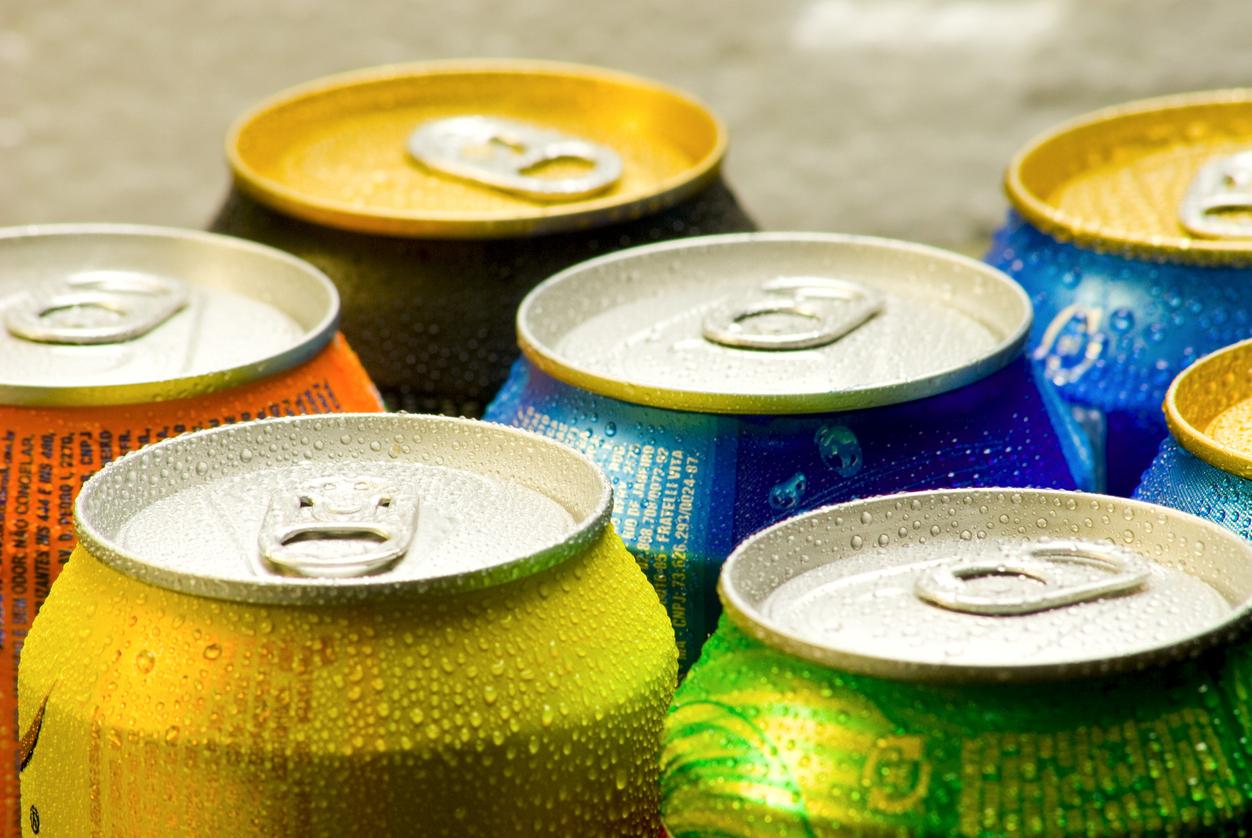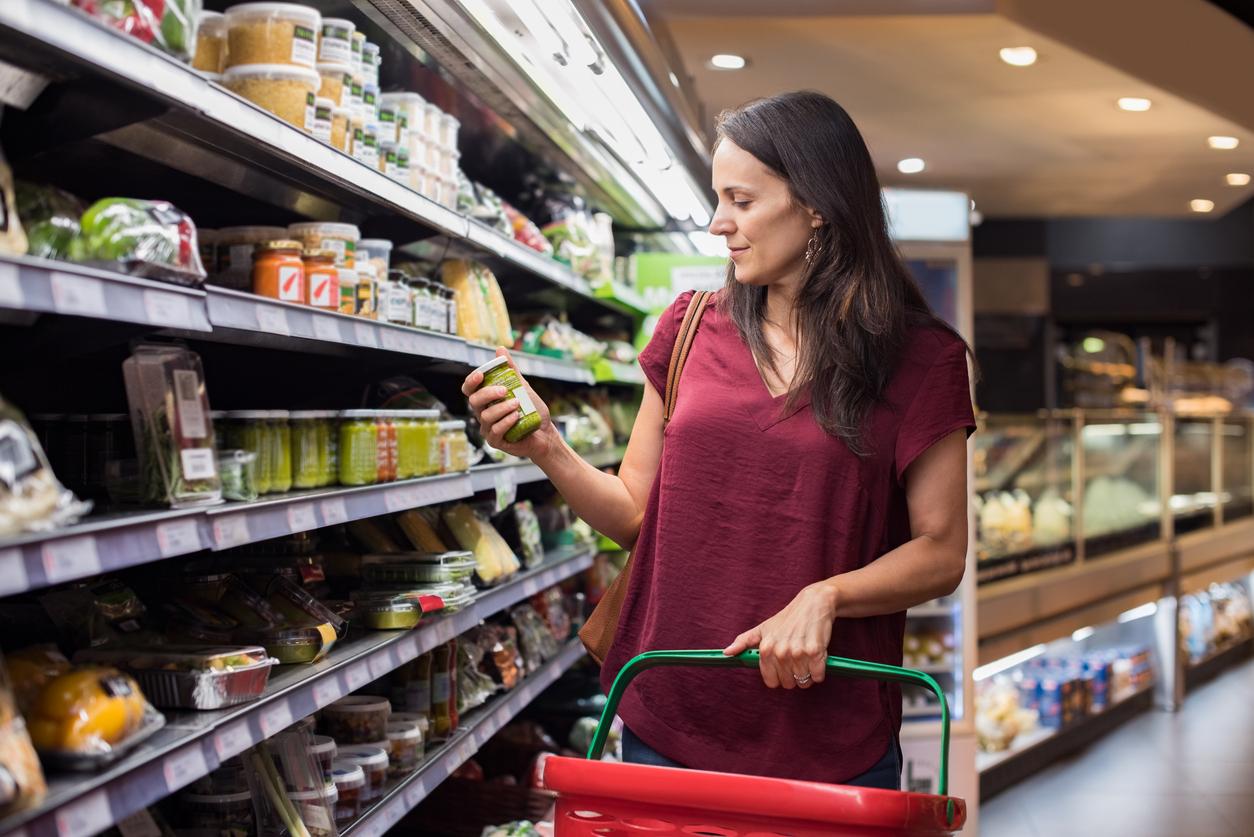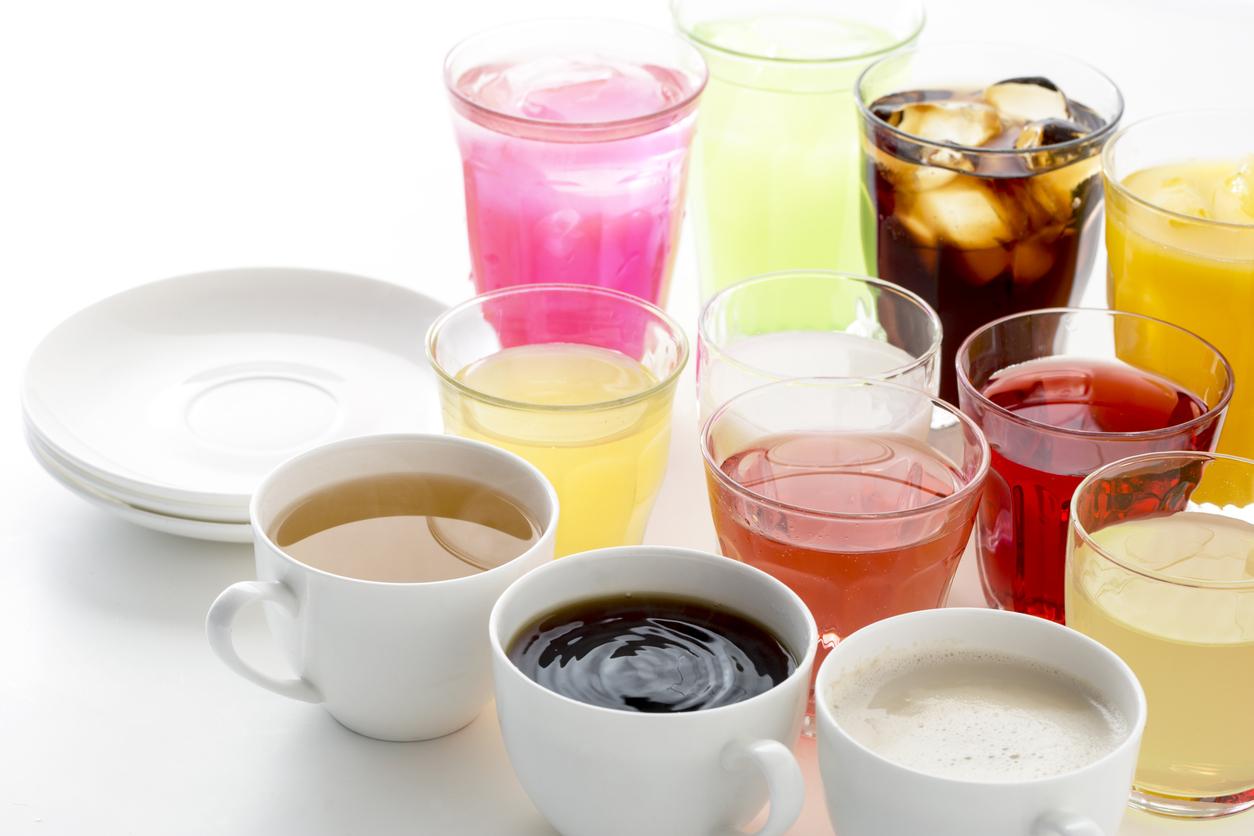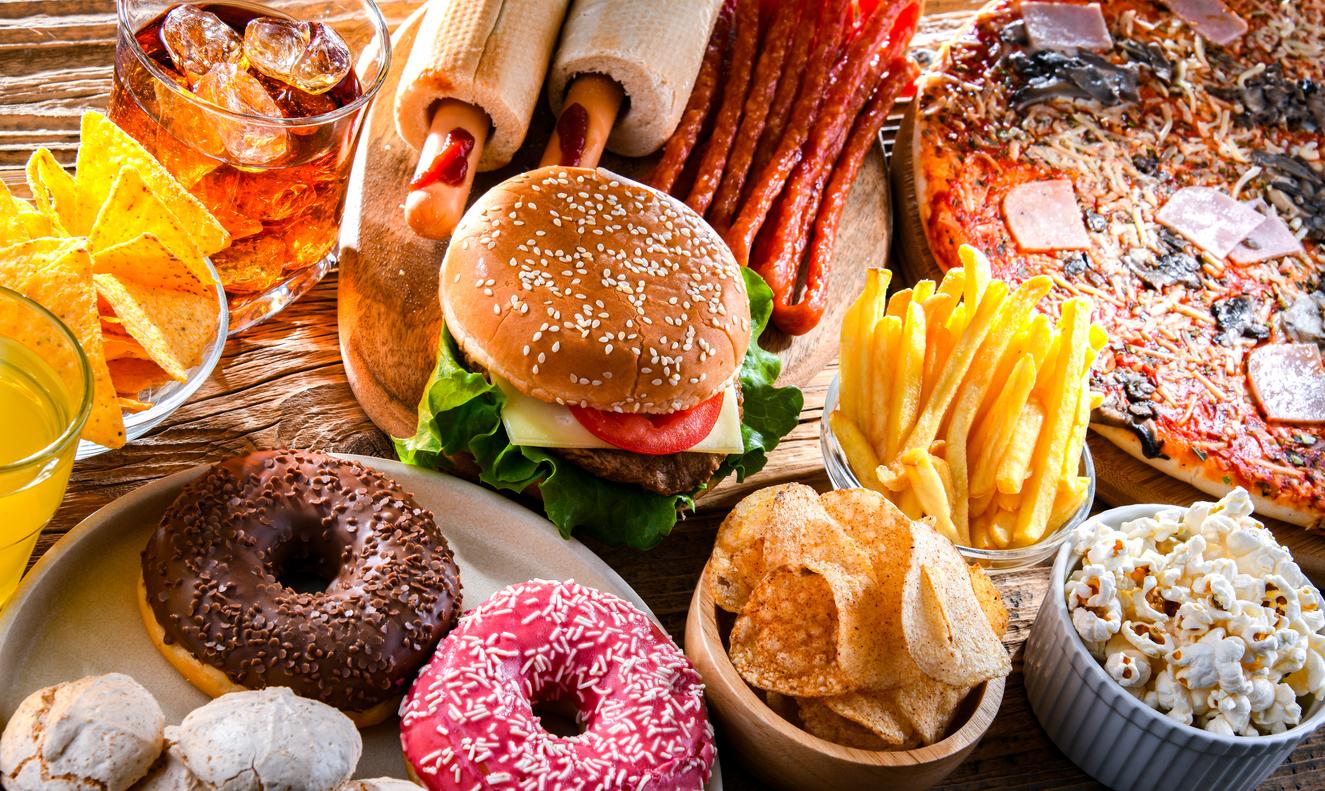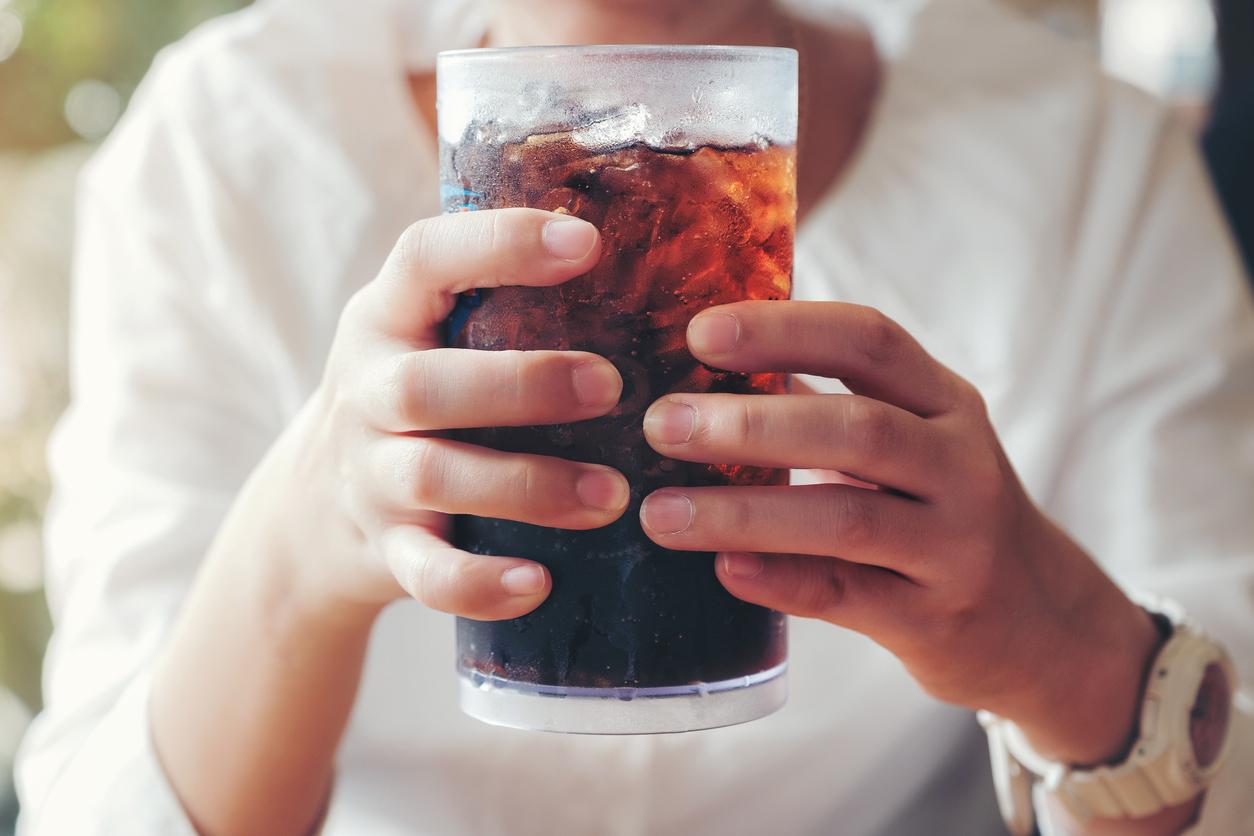In the United States, the introduction of a tax on drinks containing added sugars in order to reduce their consumption has not had the desired effect. A new study has looked into the reasons for this failure, and found a fatal marketing error.

- In some American cities, the effectiveness of the “soda tax” on sugary drinks is diminished by a marketing bias: consumers are unaware that the tax is applied to the drinks they buy.
- To reduce the consumption of sodas, it should be indicated that the tax is applied to these drinks.
Introduced in several American cities to dissuade consumers from buying sugary drinks, the “soda tax” is not as effective as hoped by the public authorities.
This is according to a new study conducted by the Ohio State University. Recently published in the journal Psychological Sciencethis new work reveals a marketing flaw that prevents the soda tax from being truly effective: it is often not indicated on price tags in stores, so consumers are unaware that they are paying this tax when they buy the beverage.
“If cities want these policies to be effective, they need to regulate how these sugary drinks are labeled in the stores where they are sold, which is not currently the case”says Grant Donnelly, lead author of the study and an assistant professor of marketing at Ohio State University’s Fisher College of Business.
Discourage by mentioning the soda tax
To assess the effectiveness of the soda tax on the consumption of sugary drinks, the researchers focused on four cities applying it, including San Francisco.
They conducted a field study in two convenience stores in San Francisco, where the tax on sugary drinks is currently 1 cent per ounce, or 12 cents more for a 12-ounce (355 ml) drink.
The researchers varied the price tags placed on the sugary drinks over the eight weeks of the study. Three price tags were alternated: The first simply indicated the price of the drink ($1.52), the second the price and the message “Includes the soda tax on sugary drinks”, and the third included the same message and added that the proceeds of the tax would be used to finance local university programs.
All unsweetened drinks, which were not subject to the tax, simply carried the price of the drink, which was $1.40.
The researchers compared beverage sales during the study period to the previous two weeks. During this period, the tax on sugary drinks was in effect, but no price tag was placed on the drinks. They also compared sales to the two years before the tax.
The results during these first two weeks showed that the tax did not reduce purchases of sugary drinks. However, looking further into the effects of the three different price labels, the results showed that the proportion of sugary drinks purchased decreased slightly (45%) when the labels mentioned that the price included the soda tax. This was not the case when the labels simply listed the price, but did not mention the soda tax.
These results therefore suggest that most consumers chose to avoid sugary drinks with the soda tax and chose a drink that was not subject to the tax.
“Consumers are tax averse, so when they learn that their favorite drink is subject to this sugary drink tax, some are less interested in buying it”analyzes Professor Donnelly.
Do not reveal the amount of the soda tax
For the application of the soda tax to be effective, however, the researchers found that the applied price should not be mentioned. Indeed, in conducting another online study, they found that participants on average estimated the price of the soda tax at 40 cents, much more than the 12 cents actually charged in San Francisco.
“People don’t like taxes, but they think that tax is much higher than it actually is. If you tell consumers the real cost of the tax, it’s no longer effective in reducing purchases”emphasizes Professor Donnelly.
According to him, if cities want these policies to be effective in reducing the consumption of very sugary drinks, they must require that the labels mention the soda tax, but without revealing the amount.
.







